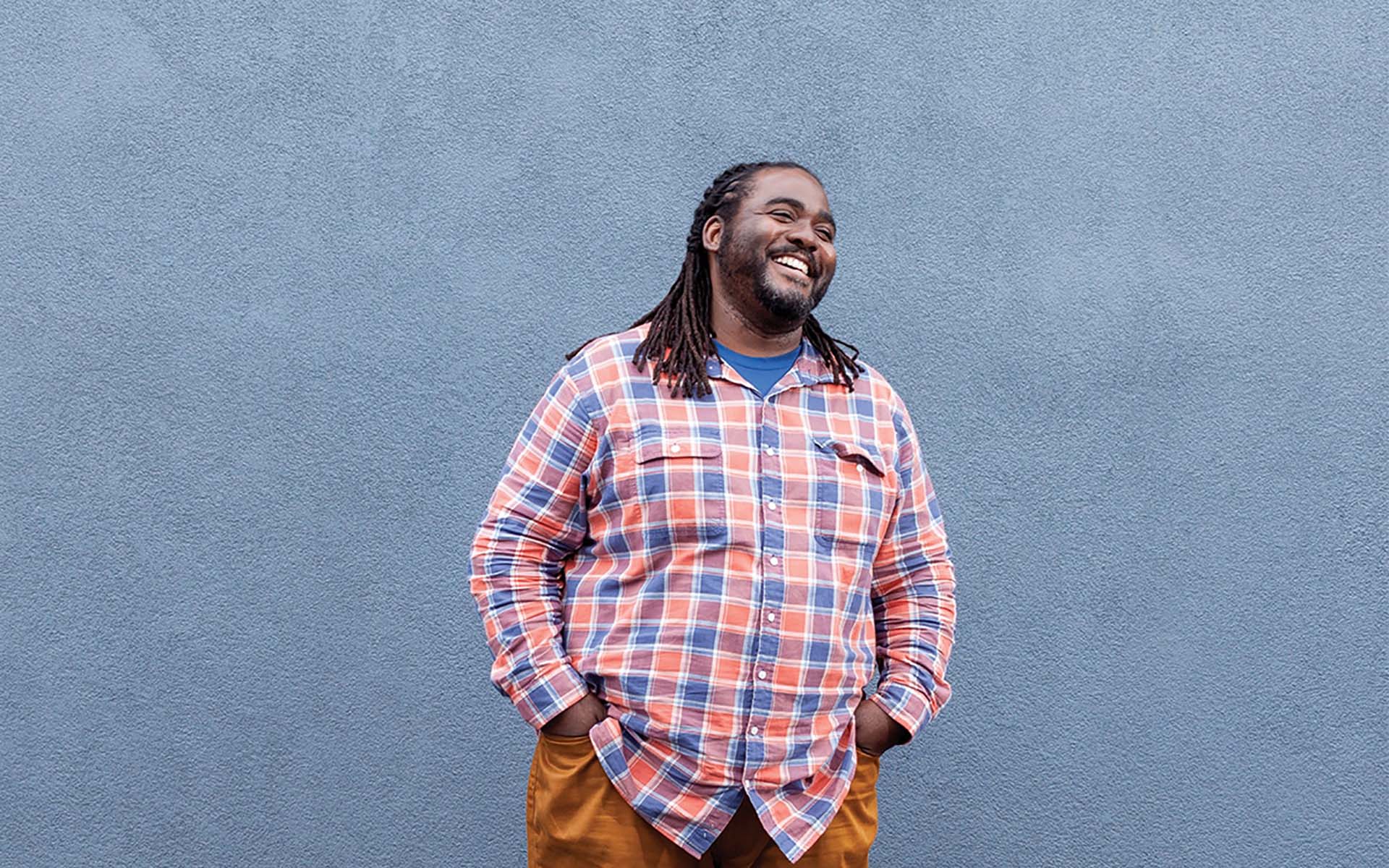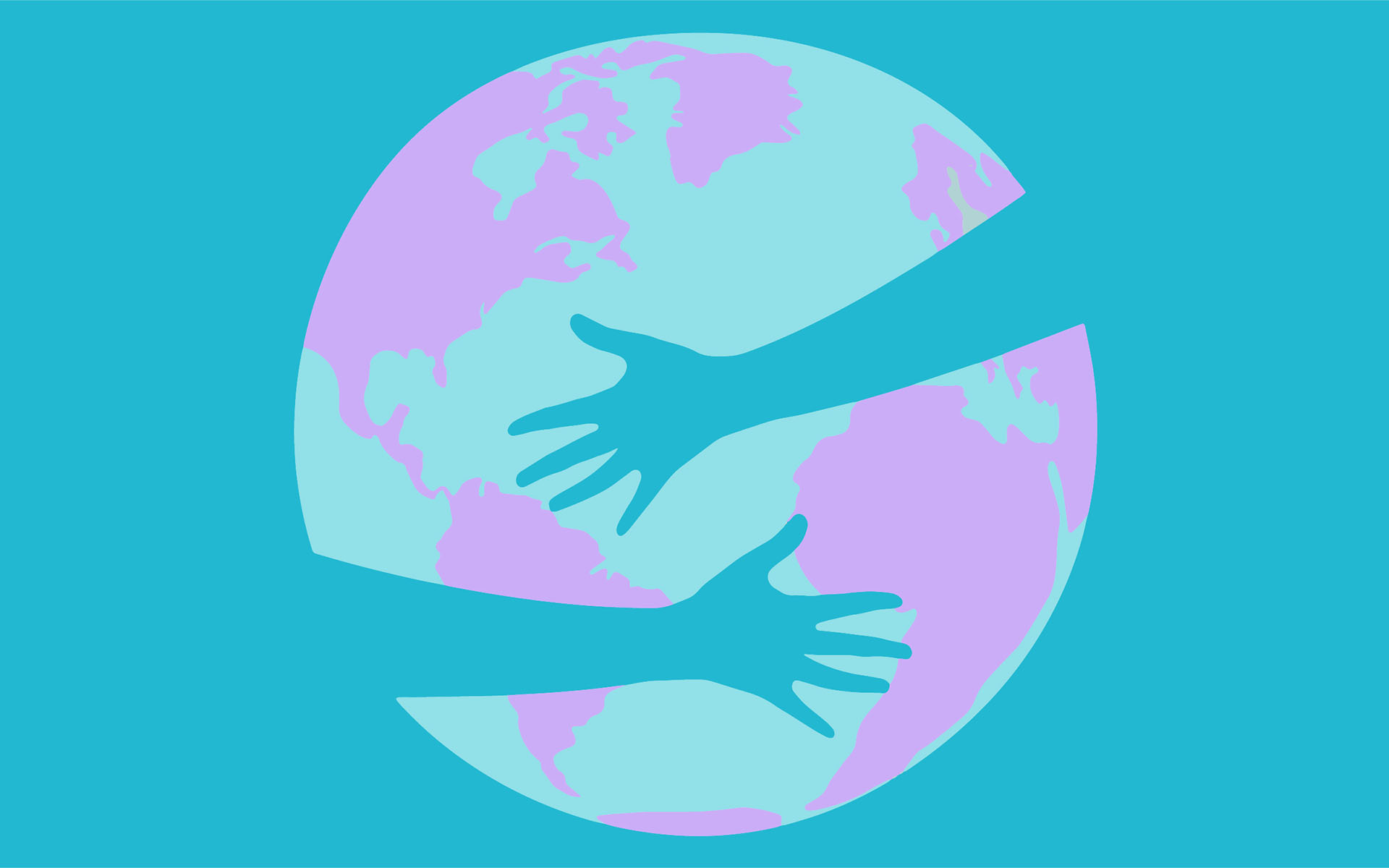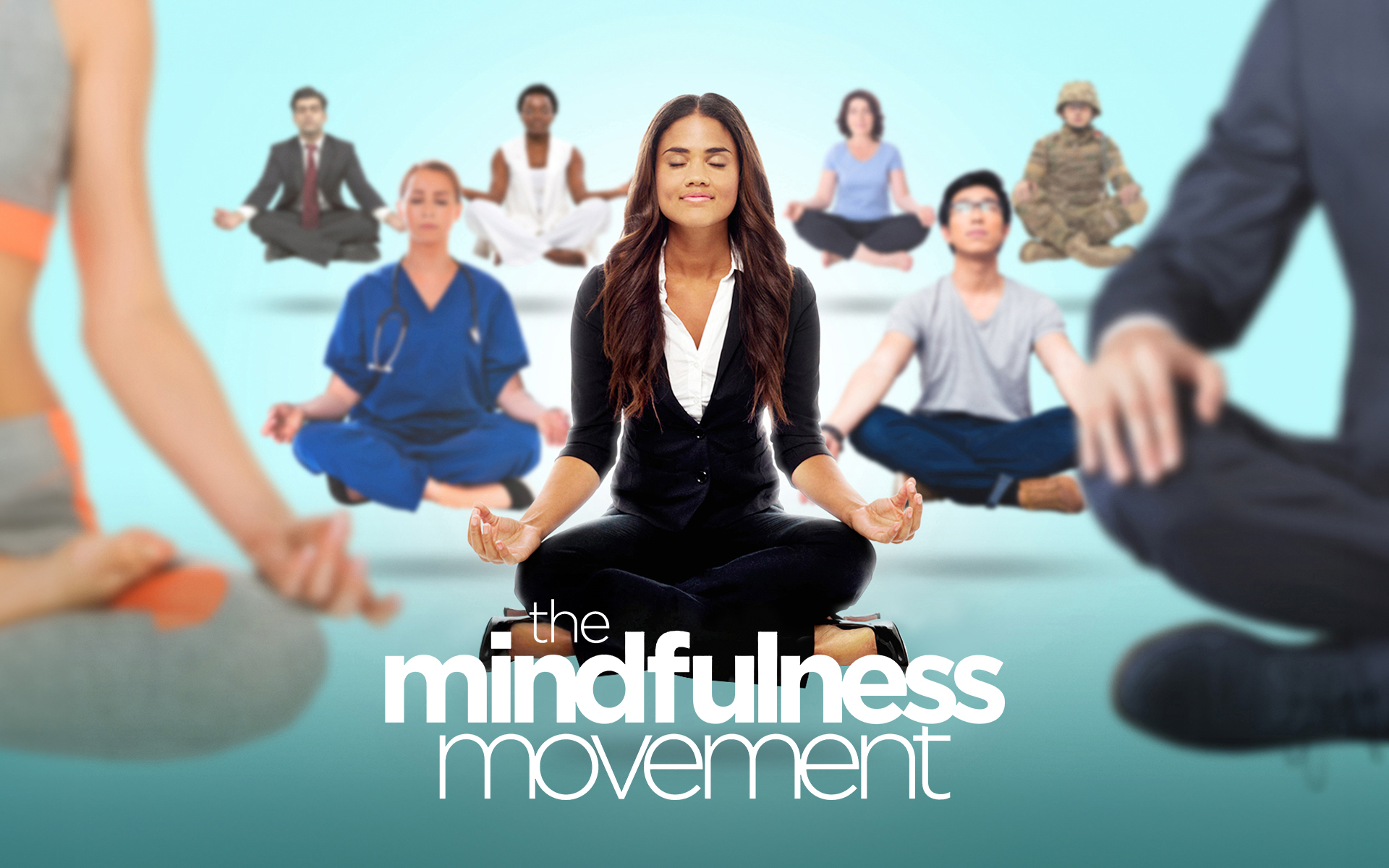Ashanti Branch is founder and executive director of the Ever Forward Club, an Oakland, CA-based group that supports young Latinx and African-American men to engage with high school and achieve their potential. Founded in 2004, the Ever Forward Club has helped 100% of its members graduate high school, and 93% have gone on to attend college. Branch studied life design through a Stanford fellowship in 2015-2016, and the experience helped to transform his approach to leadership.
Mindful: What led you to study design theory?
Ashanti Branch: Ever Forward Club started out as a small volunteer-run nonprofit. When we started, I was doing it after work and on weekends and holidays, while teaching math full time. I had this dream of it being bigger, and believed it was going to happen one day, but didn’t know how.
How did Design School change that picture?
Before D-school, it was like I was rowing a boat, always rowing and rowing. Now that rowboat is more like a motorboat, with a perpetual energy of its own. It was absolutely life-changing for the organization. Through D-school, I came to understand three things: who our users are, how to tell the story of what we were trying to change, and how small, easy changes could elevate our work.
What concepts from life design do you emphasize with your members?
The idea that, if you decide there’s something in your life that’s not working, you can change it. If you can’t change it, just name it—maybe it’s something you can’t change right now, but within a few years, you will be able to make some big choices. What can you do to prepare yourself for this? What small things can you do to make it better right now?
If you decide there’s something in your life that’s not working, you can change it. If you can’t change it, just name it—maybe it’s something you can’t change right now, but within a few years, you will be able to make some big choices.
And then when they recognize that they can help other young people going through similar stuff, it kind of pulls them out of their own problems. With empathy, they invest in others, so not only can they come up with more creative solutions, they also find easier solutions for themselves.
Is that part of the “creative toolbox” idea in life design?
I use the analogy of an emotional toolbox. When I was dean at my old high school, I saw so many young people sent to the office for acting out in class. They lacked the emotional knowledge to deal with situations. So to help them visualize what they were doing, I would tell them, ‘In your toolbox right now, you’ve only got a feather and a hammer. Sometimes you need a little sandpaper or a screwdriver.’ They needed to come into a situation with the right emotional tools to create the result they want, using their words and attitudes and thought processes.
There’s a lot of mindfulness to that approach.
It’s always about pausing when you’re worked up, taking a breath, and asking how can I do this in the best possible way? In a classroom, how we react and respond will make those relationships go really well or begin to go poorly. I do the practice so that they can model me doing it, and I tell them why I’m doing it.
This interview was originally published in the February 2018 issue of Mindful, in the feature “Is Your Life Designed for You?” by Hugh Delahanty. Learn more about the work of the Ever Forward club here.
read more
How Your Mindfulness Practice Can Support the World Right Now
Mindfulness equips us for times when we’re asked to listen and act. Here are three ways you can bring your practice to moments of social unrest.
Read More
Rhonda Magee on Her Inner Work of Racial Justice
Law professor Rhonda Magee applies her deep meditation practice to the difficult waters of racially-charged interactions.
Read More









